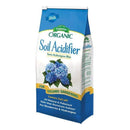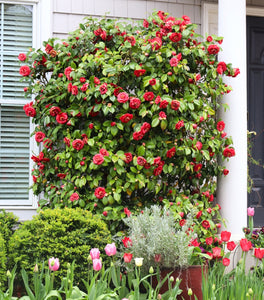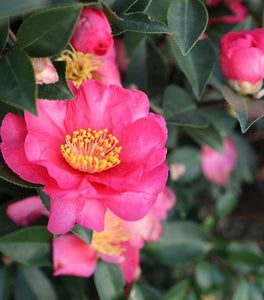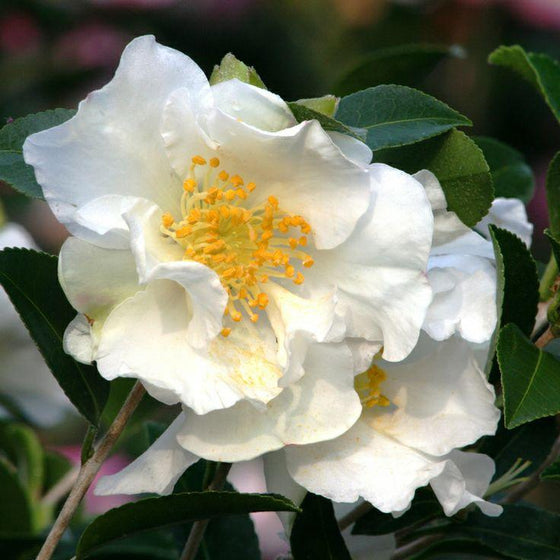
Images Depict Mature Plants
Camellia Setsugekka Shrubs for Sale Online
Camellia Setsugekka is a timeless addition to any garden, offering elegant, pure white blooms that grace the landscape in late fall to early winter. This beloved cultivar produces semi-double, ruffled flowers with golden stamens that stand out vividly against its glossy, deep green foliage. With a height of 6 to 10 feet and a width of 5 to 8 feet, Camellia Setsugekka makes for a striking hedge, privacy screen, or specimen plant, providing year-round interest. Its evergreen nature ensures lush greenery throughout the seasons, making it a popular choice for both formal and informal garden settings.
Known for its cold hardiness, Camellia Setsugekka thrives in USDA Zones 7-9 and prefers partial shade, where it can avoid the intense midday sun. Plant it in well-drained, acidic soil enriched with organic matter for optimal growth and to encourage prolific blooming. Setsugekka's blooms not only add beauty to the landscape but also attract pollinators, enhancing the garden's ecological health. This versatile camellia is perfect for foundation plantings or as an accent near patios or walkways, where its exquisite winter blooms can be enjoyed up close.
Camellia Setsugekka is a low-maintenance shrub that requires minimal pruning, typically only to shape or remove damaged branches after flowering. For best results, water regularly during the first growing season to establish a strong root system, and apply mulch to conserve moisture and protect the roots. Whether used in a mixed border, a woodland garden, or as part of a winter landscape, Camellia Setsugekka brings refined beauty and charm, making it an excellent choice for gardeners seeking evergreen foliage and off-season blooms.
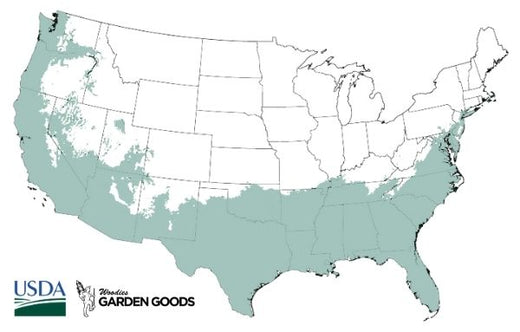
| Hardiness Zone: | 7-9 |
|---|---|
| Mature Height: | 8-10 |
| Mature Width: | 6 to 8 feet |
| Classification: | Broad Leaved evergreen shrub, Fall Flowering |
| Sunlight: | Part Sun to Part Shade |
| Habit: | Evergreen, densely branched |
| Flower Color: | White |
| Foliage: | Dark green |
| Soil Condition: | Any well drained soil |
| Water Requirements: | Water until well established |
| Uses: | Extremely attractive when used as a focal point in the mixed border, mass planting, or a specimen planting. Provides unmatched winter interest due to its flowering in the early winter |
How to Care for Camellia Setsugekka
Be sure to read our planting instructions to ensure a healthy and happy Camellia Setsugekka for years to come!
How do I Plant A Camellia Setsugekka?
To plant a Camellia Setsugekka, choose a location with partial shade and well-drained, acidic soil. Begin by digging a hole that is twice as wide and the same depth as the root ball. This helps loosen the soil, encouraging root growth. Place the shrub in the hole, ensuring the top of the root ball is level with the ground. Backfill the hole with a mixture of native soil and organic compost, gently firming the soil around the plant to eliminate air pockets. Water thoroughly after planting to help settle the roots, and add a layer of mulch to conserve moisture and regulate soil temperature. Camellia Setsugekka should be planted in spring or fall when temperatures are mild, which helps the plant establish before extreme heat or cold sets in. Space multiple plants 5 to 8 feet apart to allow for natural growth and airflow. This spacing reduces the risk of disease and provides ample room for the shrub to reach its mature size. After planting, water regularly to keep the soil consistently moist but not waterlogged. Camellias thrive with consistent moisture, especially during their first growing season. Applying an acid-loving fertilizer in spring can also promote healthy growth and abundant blooms.
How do I water A Camellia Setsugekka?
Watering a Camellia Setsugekka properly is essential for its health and vibrant blooms. During the first growing season, it is crucial to water regularly to help the plant establish a strong root system. Water deeply once or twice a week, ensuring that the soil remains consistently moist but not waterlogged. Early morning watering is ideal, as it allows any excess moisture on the leaves to dry before evening, reducing the risk of fungal issues. Using a soaker hose or drip irrigation system can help deliver water directly to the roots, minimizing evaporation and keeping the foliage dry. Once established, Camellia Setsugekka is relatively drought-tolerant, but it still benefits from consistent moisture, especially during hot, dry periods. A thick layer of organic mulch around the base helps to retain moisture and keep the roots cool. When watering mature plants, adjust based on rainfall and weather conditions—aim to keep the top 6 to 8 inches of soil evenly moist. Avoid overwatering, as camellias are susceptible to root rot in poorly drained soils. Monitoring soil moisture and adapting your watering routine accordingly ensures that your Camellia Setsugekka remains healthy, producing abundant blooms year after year.
How do I Fertilize A Camellia Setsugekka?
Fertilizing a Camellia Setsugekka properly helps ensure lush foliage and abundant blooms. Begin fertilizing in early spring, just after the risk of frost has passed, to support new growth and bud development. Use a slow-release, acid-loving fertilizer specially formulated for camellias, azaleas, or rhododendrons, as Camellia Setsugekka prefers slightly acidic conditions. Apply the fertilizer evenly around the root zone, avoiding direct contact with the trunk, and water thoroughly afterward to help nutrients reach the roots. Avoid fertilizing during the hottest part of the summer, as this can stress the plant. A second application of fertilizer can be made in early summer, but stop feeding in late summer to avoid promoting new growth that could be damaged by early frost. If your Camellia Setsugekka shows signs of nutrient deficiency, such as yellowing leaves or reduced flowering, consider adding additional organic matter like compost or well-aged manure to the soil. Mulching with pine bark or pine needles also helps maintain the desired soil acidity and improve nutrient retention. Regular feeding and proper soil management ensure that your Camellia Setsugekka remains vigorous, producing vibrant white blooms that brighten your garden each year.

How do I Prune A Camellia Setsugekka?
Pruning a Camellia Setsugekka is an important step in maintaining its shape and promoting healthy growth. The best time to prune is right after the blooming period in late winter or early spring, as this helps preserve next season's flower buds. Begin by removing any dead, damaged, or diseased branches to improve air circulation and reduce the risk of pests and disease. You should also remove any crossing or inward-growing branches to maintain an open, attractive structure. Always use sharp, clean pruning shears to make clean cuts and avoid tearing the branches, which can harm the plant. To control the size and shape of your Camellia Setsugekka, you can selectively prune branches to encourage a bushier form. Trim back up to one-third of the plant, focusing on long, leggy stems that detract from the overall appearance. Avoid heavy pruning, as camellias can be slow to recover, and it may take several seasons for the shrub to bloom again if cut back too drastically. Light, regular pruning helps your Camellia Setsugekka maintain a natural shape, promote more blooms, and enhance its overall health and beauty in the landscape.



